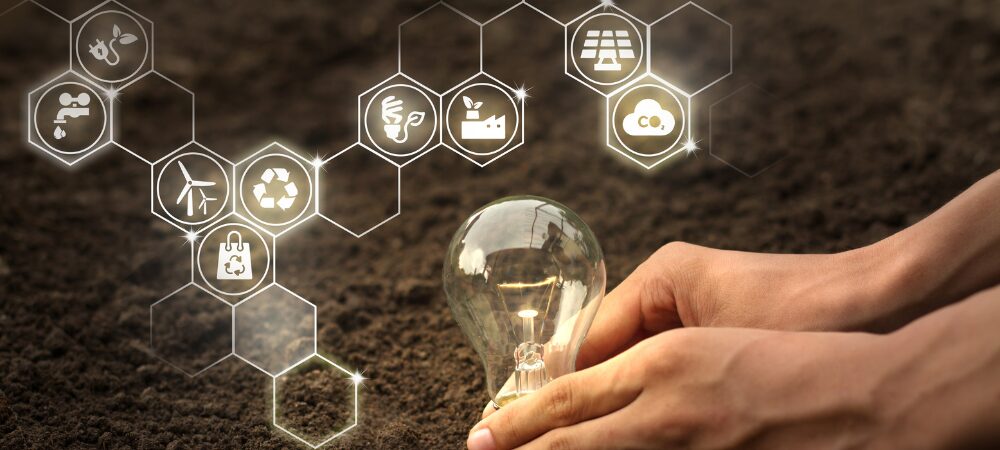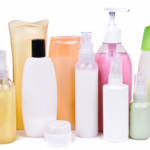Last weekend at a sporting event, my beer was served in this ‘self-destructing’ cup. Intrigued by the incredibly bold messaging and claims, I couldn’t help but dig a bit deeper…
Marketed by eGreen with technology by Polymateria, the cup claims to be:
“Made with self-destructing plastic technology, [and] can be easily recycled. However, if it escapes into the environment, it will self-destruct within 2 years, leaving no microplastics or toxins behind”.
An average consumer will see this cup and immediately see large messaging centred around sustainability and environmental claims, using quirky terminology. However, as a packaging professional in an industry where greenwashing is rife, I can’t help but do some due diligence:
- What material is it?
- What is ‘self-destructing plastic technology’?
- What climate conditions does it ‘self-destruct’ in?
- What is ‘earth-friendly wax’?
- Can it be recyclable AND degradable?
- Does ‘self-destruction’ contaminate recycling streams?
I am hopeful that there are perfectly reasonable answers to the questions above and this isn’t greenwashing marketing, and we at Aura would love to hear them.
At the event itself, the only two disposal options for the cup were mixed recycling bins and general waste bins. So, my question is, which is the correct option and what ultimately happens to these thousands of cups after the event? If the cups are put in the mixed recycling bin, is there a similar risk to PLA whereby if certain bio-polymers are mixed with established recycling streams (e.g. PET), the resultant recyclate is contaminated?
With the current messaging and available disposal, this cup will either end up in landfill to potentially degrade in 2 years in our environment, or be processed with plastics in MRFs, which may or may not contaminate existing streams. The BSI standard to which the cup is certified explicitly excludes the ’compatibility of biodegradable additive-based polyolefin end-products with recycling’, so without clarity, the jury is still out for me.
We absolutely should be encouraging the exploration of alternative materials to fossil-fuel derived substrates where this is compatible with available infrastructure. I commend the great intentions and advanced science behind any endeavour to solve the global plastics problem, especially as investment and innovation is paramount to solving our climate crisis.
However, businesses must be responsible around their claims and messaging, and marketeers must be held accountable for consumer education as well as transparency of claims. In an industry where mixed messaging and misleading claims often lead to consumer confusion, if we innovate but don’t educate, the end result, (waste to landfill or contamination of existing recycling streams) doesn’t change.
Gillian Orr, Aura
We must connect the dots and make the most responsible packaging choices for the product and application while also educating consumers on correct disposal, but these decisions must be transparent and be based on facts / accurate data. We at Aura love great packaging, especially when it has been developed to solve environmental challenges. I really hope we can learn more about this cup from the team at Polymateria and that the innovation and technological advances are as exciting as the claims being made. With the data and available infrastructure to back it up, products like this cup could be a great step forwards towards a more sustainable planet.






